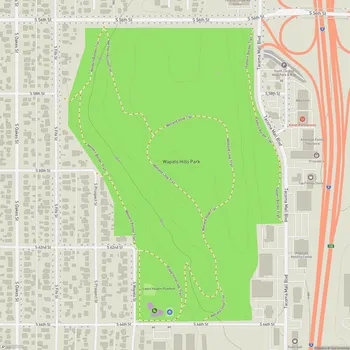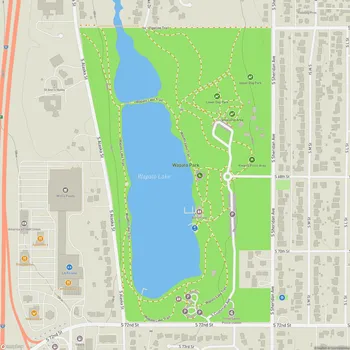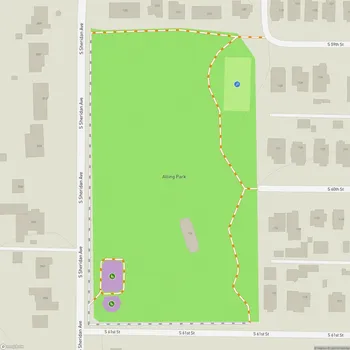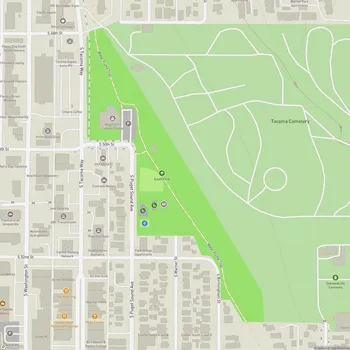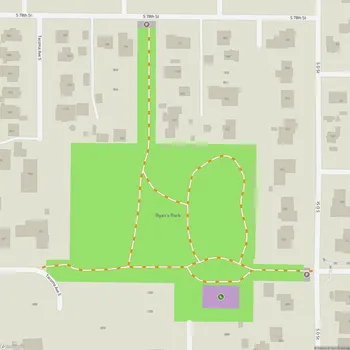Oak Tree Park
Oak Tree Park Map
About Oak Tree Park in Tacoma
Oak Tree Park is a 25-acre natural area located in South Tacoma, Washington. Established in 1996, it is one of the last remnants of Garry oak habitat that once dominated this part of the city. The park features a variety of native plant species and wildlife, making it an important ecological preserve.
The park is home to numerous Garry oak trees, also known as Oregon white oaks, which are the cornerstone of a unique ecosystem. These oak woodlands developed on gravelly soil left behind by glaciers 15,000 years ago and were historically maintained by Native Americans to protect important food sources like camas bulbs. By 2013, Garry oak habitat had been reduced by nearly 90 percent across its range, which extends from southern British Columbia to northern California.
Oak Tree Park serves as a pilot project for the Green Tacoma Partnership, a collaborative effort to inventory, assess, and develop plans for protecting and restoring Tacoma's green spaces. The partnership, coordinated by Tahoma Audubon and Forterra, focuses on preserving this critical habitat.
Visitors to Oak Tree Park can explore the area via three trails, which can be linked together to form a longer loop. The park provides opportunities for nature observation, including wildlife watching. Gray squirrels, birds, and deer are among the animals that call the park home, often seen foraging for acorns and other food sources.
The park also serves as an outdoor classroom for local schools. Students from nearby Arlington Elementary School participate in the Wildlife Champions program, a partnership between Point Defiance Zoo & Aquarium and Tacoma Public Schools. This program allows children to engage in hands-on learning experiences, such as planting indigenous camas plants and participating in nature-based activities.
Oak Tree Park is not just a recreational area but also a living laboratory for ecological restoration and education. Its preservation is crucial, as Garry oak woodlands have been declared a Priority Habitat by Washington State due to the many plant and wildlife species that rely on this unique ecosystem.
